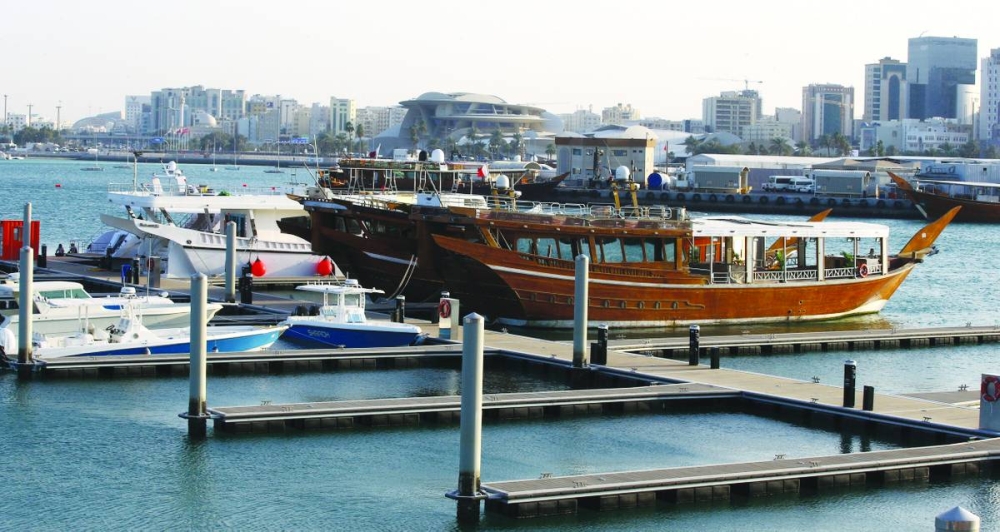Qatar's inflation is seen falling to 2.2% this year and 1.9% in 2024, Oxford Economics said in in an update.
Inflation moderated to a two-year low of 2.5% year-on-year (y-o-y) in June, dragging down the second quarter (Q2) average to 3%, from 4.2% in Q1.
Disinflation continued across most categories, but food and recreation and culture prices climbed, driving a 0.1% month-on-month (m-o-m) increase in the headline rate.
“We expect inflation to ease further in the next few months and briefly turn negative in the fourth quarter,” Oxford Economics said.
The researcher sees country's fiscal balance (relative to GDP) at 6.4% this year and 8.1% in 2024.
Qatar’s current account (relative to GDP) has been forecast at 12.6% this year and 13.8% in 2024.
The country’s real GDP growth has been forecast at 2.6% this year as well as next.
Non-oil activity, Oxford Economics noted, is continuing to rise according to the PMI survey, ending Q2 strongly at 53.8 in June. Robust demand has been a key driver of the recovery in output and employment and has kept businesses optimistic, particularly in the manufacturing and services sectors.
“We expect non-oil GDP growth to soften somewhat, slowing from 3.3% this year to 3.2% in 2024,” Oxford Economics said.
In a constant battle between supply and demand, the price of Brent crude continues to fluctuate, faltering below $85pb as global concerns weigh on the oil sector. China's uncertain recovery, ongoing inflationary pressures, and interest rate hikes globally are dampening demand for oil, offsetting oil price gains from production cuts by Saudi Arabia and Russia of 1mn and 500,000 barrels per day (bpd), respectively, in August.
“Given the current uncertainty clouding oil prices, it is not out of the question for Saudi Arabia to roll out its cut into October. As inflationary pressures settle and central banks pause aggressive rate hikes, we expect a slight recovery in prices," Oxford Economics said. “We think the price of Brent crude will average $81.9 this year and expect demand will wane further alongside potential reversal of production cuts next year.”

Qatar's inflation moderated to a two-year low of 2.5% year-on-year in June, dragging down the second quarter average to 3%, from 4.2% in Q1

